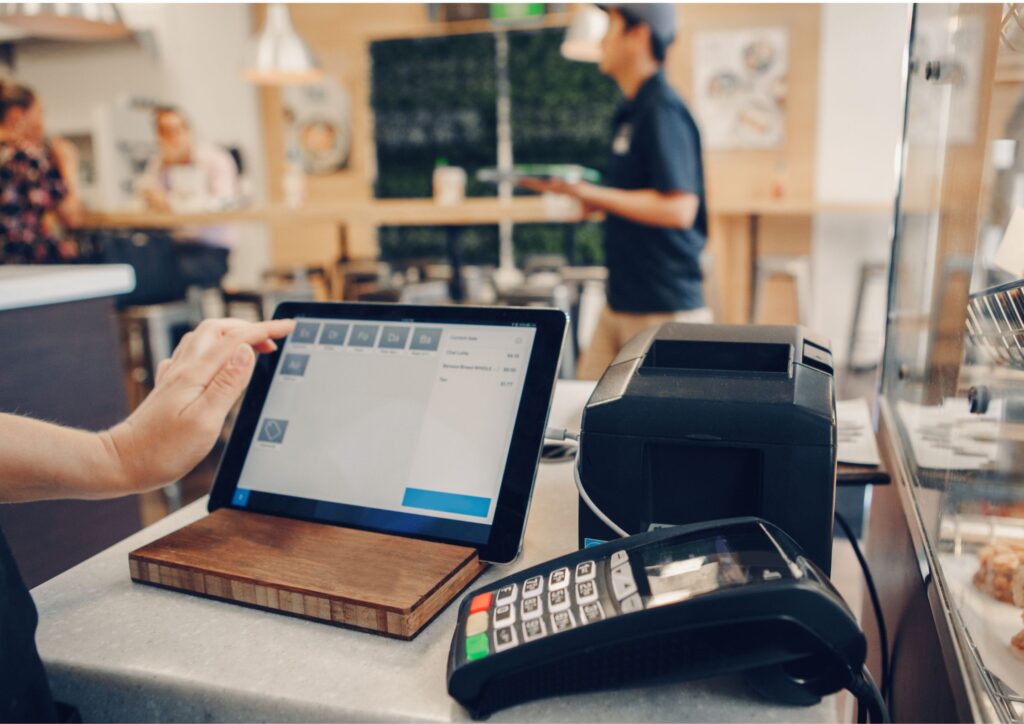Why POS Is Key to Modern Customer Engagement

In the past, the Point of Sale (POS) system was little more than a cash register — a place where transactions happened and little else. Today, however, the POS system has evolved into a vital tool for driving customer engagement. With the rise of digital payments, customer expectations, and competition, businesses need every edge they can get — and the modern POS is one of the most powerful tools available.
The Shift in Customer Expectations
Today’s customers expect more than just a quick transaction. They want personalized service, seamless experiences across online and offline channels, loyalty rewards, fast checkout, and convenient payment options. Meeting these expectations isn’t just a “nice to have” — it’s essential for keeping customers loyal.
This is where a modern POS system comes in. By capturing customer data, tracking purchase history, managing promotions, and enabling omnichannel shopping experiences, your POS becomes more than just a sales tool — it becomes a relationship builder.
How POS Systems Enhance Customer Engagement
1. Personalized Experiences
Modern POS systems collect and store customer data, including names, contact details, purchase history, and preferences. This information allows businesses to offer personalized product recommendations, birthday discounts, or relevant promotions based on past purchases. Personalized engagement fosters stronger connections with customers and increases repeat business.
For example, a clothing store could use its POS system to notify a frequent shopper when a new collection arrives in their favorite brand or size. This kind of targeted, relevant communication boosts loyalty and encourages more frequent visits.
2. Integrated Loyalty Programs
POS systems often come with built-in loyalty features or can integrate with third-party rewards platforms. Customers can earn and redeem points, receive special discounts, or be invited to exclusive events — all tracked automatically through the POS.
Because these loyalty programs are integrated with purchase data, they can be far more effective than paper punch cards or generic coupons. You can segment your customer base and tailor offers that resonate, turning occasional buyers into long-term brand advocates.
3. Faster, Smoother Transactions
A slow checkout process can undo an otherwise great shopping experience. A good POS system speeds up transactions by scanning items quickly, applying discounts automatically, and supporting various payment methods — from cash and card to digital wallets and contactless payments.
This efficiency reduces friction, improves customer satisfaction, and keeps lines moving — especially important during peak hours or busy seasons.
4. Omnichannel Shopping Experiences
Customers today expect flexibility — they want to buy online and pick up in-store (BOPIS), return items at a different location, or use gift cards across channels. A cloud-based POS system enables a seamless experience by syncing data across all sales channels, whether online, in-store, or mobile.
When your POS system is connected across platforms, customers don’t feel like they’re dealing with separate parts of a business. Instead, they experience one cohesive, reliable brand — and that consistency builds trust.
5. Real-Time Customer Insights
Modern POS systems provide real-time reporting and dashboards that help you understand your customers better. You can see what’s selling, when people are shopping, and what promotions work best. These insights let you adjust your marketing and customer engagement strategies on the fly.
For instance, if you notice that a certain promotion is driving more sales on weekends, you can schedule your staff and restock inventory accordingly, ensuring the best possible experience for every customer.
The Competitive Advantage
Customer engagement isn’t just about making people feel good — it has a direct impact on revenue. Engaged customers are more likely to return, spend more per visit, and refer others to your business. A modern POS system provides the tools and data to make that engagement happen consistently.
Businesses that fail to engage customers risk being left behind by competitors who use their POS systems strategically. Investing in the right POS solution isn’t just about operations — it’s a marketing and customer retention strategy in itself.
Conclusion
In a world where customer expectations are higher than ever, your POS system is no longer just a checkout terminal — it’s a central hub for building relationships. From personalized experiences to loyalty programs and seamless omnichannel service, the modern POS helps you connect with customers in meaningful, lasting ways.






